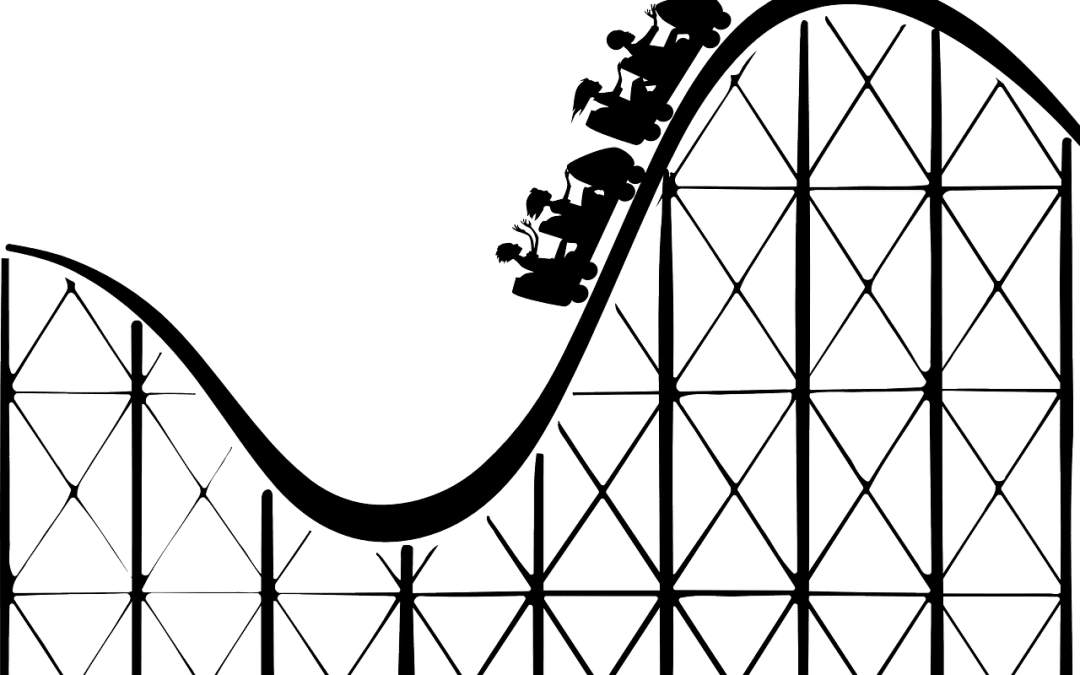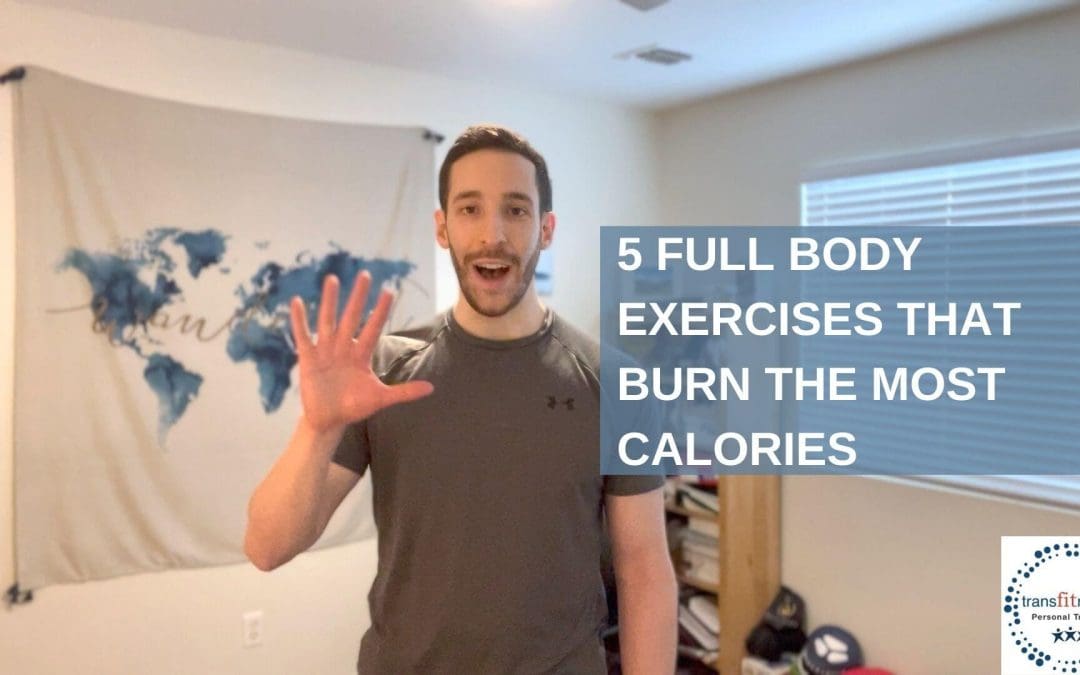2 Powerful Tools For Meal Planning: Meal Timing & Tracking
In this article, we aim to provide you with tips and tricks to help you “perfect” your diet/meal plan through meal timing and tracking.
2 Powerful Tools For Meal Planning:
Meal Timing & Tracking
In This Article:
We all have different food preferences, eating habits, and work schedules that dictate when and what we eat each week. Many of us struggle to find a diet or meal plan that works well enough to see sustainable progress toward our goals. We often compare ourselves to those who seem to have “perfected” their diet; however, these people have often spent many hours fine-tuning their diets through trial and error. This is where meal timing and meal tracking come in. In this article, we aim to provide you with tips and tricks to help you “perfect” your diet/meal plan through meal timing and tracking, so keep reading!
Let’s start with a strong foundation and build up our diet skills from there. Meal timing and meal tracking are two foundational tools that can transform your diet and ultimately, help you eat well.
Meal Timing:
When you choose to eat your meals and how often you choose to eat them can have significant (often unnoticed) effects on your body. Follow these two tips to improve your eating habits and start seeing real results:
1. Try to eat your meals and snacks at consistent times every day: Research shows that our circadian rhythms govern our sleeping and eating patterns. If you go to bed at 9:30 PM every weeknight and then stay up till 1:00 AM on a Sunday, you are not going to feel very good when you wake up early for work on Monday. What many people don’t realize is that your metabolism and digestion follow the same rhythms (Nairn, 2022). Eating at irregular times every day can stifle your hunger signals and the digestion of food. Additionally, irregular eating times can increase your risk of obesity, type 2 diabetes, and cardiovascular disease (Nairn, 2022). Get started today by creating a Custom Meal Plan and discover the food you love.
2. Eat food periodically throughout the day: After having your first meal for the day, it is generally advised to eat again every 3 – 4 hours to regulate your blood sugar levels (Nairn, 2022). You can use tools such as a timer as a reminder that it’s time to grab a snack.
Of course, these are only guidelines. Your body knows what it needs, so if you are feeling hungry, you should eat. That doesn’t mean you should go eat donuts, as you will likely continue to feel hungry since your body isn’t receiving the proper nutrition that it needs to function. Rather, if you eat something healthy that contains protein or fiber (like a greek yogurt with granola), you will feel much more full and satisfied, while consuming fewer calories because your body now has what it needs (Raman, 2020).
Meal Tracking:
This is probably the second thing that comes to mind, after “eating foods I don’t like” when you think about dieting. Meal tracking consists of tracking what you eat, including the macronutrients and the total calories. This is the simplest way of making sure that you’re headed toward your goals when it comes to nutrition. Doing this has a variety of physical and mental benefits, such as:
1. Verifying calorie & macro intake: Meal tracking allows you to get a pretty accurate measurement of how many calories and how many grams of each macronutrient you are eating. This can help you stay on track with your goals, whether you are looking to lose weight, maintain, or gain weight. For example, if your daily calorie goal is 1,800 calories, and you’re eating 2,000 calories a day, you are probably going to gain weight over time. You can calculate your daily calorie goal using this calorie intake calculator.
2. Allowing you to eat foods that you love: Nobody likes eating chicken breast, rice, and broccoli for every meal. Crafting meals that taste good and are within your calorie and nutritional guidelines for the day will help you achieve sustainable results more easily. In addition, knowing your daily calorie goal will allow you to indulge in those less healthy foods every once in a while. For example, if your daily calorie goal is set at 1,800 calories, and you have eaten 1,500 calories of healthy foods by the end of the day, you can treat yourself by having that small piece of cake to reach your 1,800 calorie goal for the day. It’s all about having a balance and staying focused on making healthy choices.
3. Creating a “diet” (lifestyle) that works for you: This is arguably the most important aspect of a diet that makes it work. Trendy diets occasionally pop up, and it seems like the entire world jumps on the trend. After a few months, the hype seems to die down when the majority of people fall off the diet. This happens because these diets aren’t sustainable for most people. Cutting out entire food groups and your favorite foods will likely be unsustainable to maintain in the long run. Any diet that you can commit to for a year or more will have better results than a diet that you can only commit to for 2 months. If you can’t imagine yourself committing to a diet for more than a year, it probably won’t work for you.
This is why we like to think of diets as a way of life. Forming healthy habits, making smart food choices and allowing yourself to indulge every so often are the keys to sustainable eating.
Before we move on, it is important to understand the difference between a meal and a snack. Generally, a meal is larger, consisting of more calories and food from at least 3 different food groups (Vegetables, Fruits, Grains, Protein, Dairy & Oils). On the other hand, a snack is something small, usually lower in calories, eaten in between meals, and consists of 1 or 2 food groups.
What is Intermittent Fasting?
Intermittent fasting is a method used for weight loss. It requires prolonged periods of fasting in between meals. The goal of intermittent fasting is to allow the body to use up all the calories from the previous meal, and then switch to using body fat as fuel (“Intermittent Fasting,” 2023). There are many different plans for intermittent fasting, but for example, 16/8 fasting is a plan where you have an 8-hour window to eat. After 8 hours, you don’t eat at all for the next 16 hours. During your fasting hours, you can still drink any beverages with 0 calories such as water or tea (“Intermittent Fasting,” 2023). Research has shown a variety of benefits come from intermittent fasting in addition to improved weight loss, such as improved memory, blood pressure, and a reduced risk of obesity and type 2 diabetes. If you’re trying to lose weight, Intermittent fasting is a powerful tool that you can use to achieve your goal (“Intermittent Fasting,” 2023).
Now that we’ve covered all that, let’s get into some tools you can use to track and time your meals. As mentioned before, the easiest way to time your meals and snacks would be to set an alarm on your phone at the times that you want to eat. As for meal tracking, many apps on the phone allow you to track your calories and macros for free, such as MyFitnessPal, FatSecret, and Noom.
You now know how to track and time your meals to achieve your fitness goals! Figuring out the diet that works best for you might take some time, but keep going and you will find success.
References:
Intermittent fasting: What is it, and how does it work?. Johns Hopkins Medicine. (2023, September 29). https://www.hopkinsmedicine.org/health/wellness-and-prevention/intermittent-fasting-what-is-it-and-how-does-it-work
Nairn, R. (2022, December 9). Timing is everything: Why eating on a regular schedule supports overall well-being – Johns Hopkins University Student well. Wellbeing. https://wellbeing.jhu.edu/blog/2022/12/09/timing-is-everything-why-eating-on-a-regular-schedule-supports-overall-well-being/
Raman, R. (2020, May 28). Feeling hungry after eating: Why it happens and what to do. Healthline. https://www.healthline.com/nutrition/feeling-hungry-after-eating
Charles Armstrong
Contributing Author
Charles Armstrong is a copywriter with a specialization in the fitness industry, and has a track record of success, having worked with Transfitnation over the course of several years. Additionally, he is an author and entrepreneur, using his skills to help others achieve their goals.
Start Your Transformation Today With A Free Evaluation Session
We Offer Online & Studio Personal Training Based In Smithtown, NY. New Client Special.
Related Articles:

5 Effective Ways To Burn Body Fat, Reduce Hunger & Lose Weight
Do you struggle to burn body fat and lose weight? By making small changes to your eating habits, you will see how easy it is to burn body fat, reduce hunger and...

How Staying Hydrated Can Help You Reach Your Fitness Goals
Hydration offers many well-known health benefits, such as regulating body temperature, lubricating joints, and protecting the spinal cord and sensitive tissues in...

9 Best Exercises Before Shoveling Snow
Use These 9 Essential Exercises Before Shoveling Snow To Reduce Back Pain & Prevent Injuries. Warm Up Your Body & Use The Right Lifting Techniques To Make Shoveling Snow Safe & Productive.

5 Full Body Exercises That Burn The Most Calories
Here Is A Workout With 5 Full-Body Exercises To Burn Body Fat, Build Muscle, And Burn The Most Calories!5 Full Body Exercises That Burn The Most Calories Dumbbell...

Stephan Reyes Named Person of the Year 2023
Stephan Reyes was honored as TBR News Media's Person of the Year for 2023. Stephan's commitment goes beyond early morning sessions. He strives for holistic...

Best Personal Trainers on Long Island 2024- Transfitnation
Transfitnation has been nominated for Best Personal Trainer on Long Island in the 2024 Best of LI awards. With past nominations in 2021 and 2022, we showcase our...

Top 10 Exercises To Get a Bigger Butt – Free Workout
Here Are Our Top 10 Exercises To Get A Bigger Butt. Grow Your Glutes With This Free Butt-Building Workout. Squat, Step-up, Split Squat, Deadlift…

